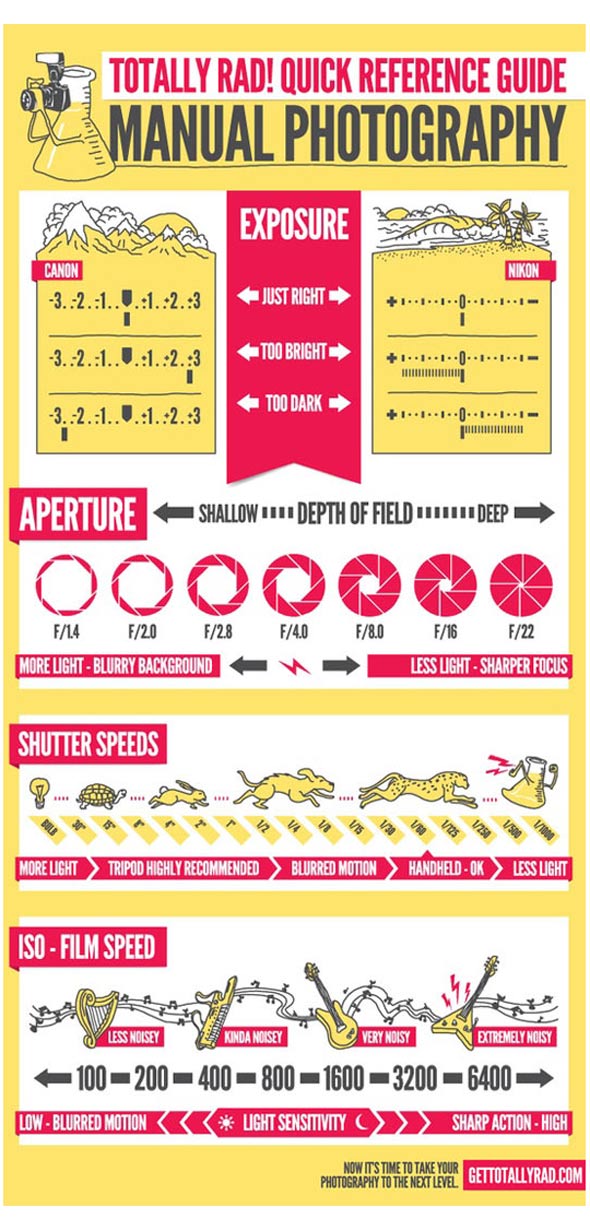Manual Photography

My dad was a photographer and owner of his own studio. So naturally I found myself looking around and seeing since day 1 brands like Kodak, Agfa, Canon, Fuji and Nikon, to name few among others. I witnessed black and white processing where you had to dip your fingers into different types of chemicals while using red and green lamps and sometimes in total darkness, then after few years, I had the privilege of processing color photos on the what-so-called at that time “1 Hour Photo” machines.

When I visited Photokina for the 1st time back in 1990, I was hugely impressed by the size of the booth each of the major brands was having, some brands like Kodak had a whole hall for themselves, unfortunately they had to file for bankruptcy earlier in 2012.
During the years, I saw consumer film formats from 110mm to 126mm to 35mm and brands like Kodak, Agfa, Konica, Fuji and many others fighting for film market shares and brands like Canon, Nikon, Minolta, Pentax and others fighting for camera hardware markets.
Major film manufacturers, at one point in time, tried to change the game of the classical film by introducing the Advanced Photo System, Kodak with a marketing name of Advantix, Fuji with Nexia, Agfa under Futura and Konica as Centuria. But it was a total failure for all of them.
Then the major rules changed when digital cameras started appearing in stores and the manufacturers started losing huge volumes of films until they got to the point of almost disappearing from the shelves.
But the case of the camera manufacturers was different, because they switched from regular known cameras to start manufacturing digital cameras and some of them printers.
But the most hurt channel in the new trend of digital photography were the stores and they saw a free fall of figures, as people started processing less and keeping their photos on their computers, which was great business for hard disk manufactures, as consumers needed more space on their PCs to keep more images.

But the game did not stop at this stage, more players joined, but this time, not anyone major from the photography industry, it was a total invasion from the mobile manufacturing companies.
I think that Nokia was the leader in introducing a camera on a mobile phone, then all the rest followed with the same option, until today where you can find mobile phones with 41 megapixels.
Today companies like Nokia, Apple, Motorola, Samsung and LG are the largest manufacturers of “Camera-Phones” and consumers are everyday using their cameras less and less, their digital cameras I mean.


Photo Credit: http://500px.com/ashleyvincent
“My dependence on the visual world began when I lost much of my hearing through spinal meningitis at 2 years of age. This loss was a blessing in disguise as I learned to depend on body language and reading lips to communicate. So, from my youngest days, I became sensitive to the people around me and the unspoken language revealed through compositions of the human body.” – Ali Cavanaugh

“A girl and her room” is a project by Lebanese photographer Rania Matar
Project Statement:
As a mother of a teenage daughter I watch with awe her passage from girlhood into adulthood, with all the complications that it entails. As I observed her and her girlfriends, I became fascinated with the transformation taking place, with the adult personality shaping up, with an insecurity and a self-consciousness that are now replacing the carefree world the girls had lived in so far. I started photographing them in group situations, and quickly realized they were so aware of each other’s presence, and that being in a group affected very much how they portrayed themselves to the world. I also realized that under an air of self-assurance, those young women were often very fragile, self-conscious and confused. While their bodies were developing fast into women’s bodies, they were still on many levels young girls who suddenly thought they had to behave like adults.
Read in full here.
